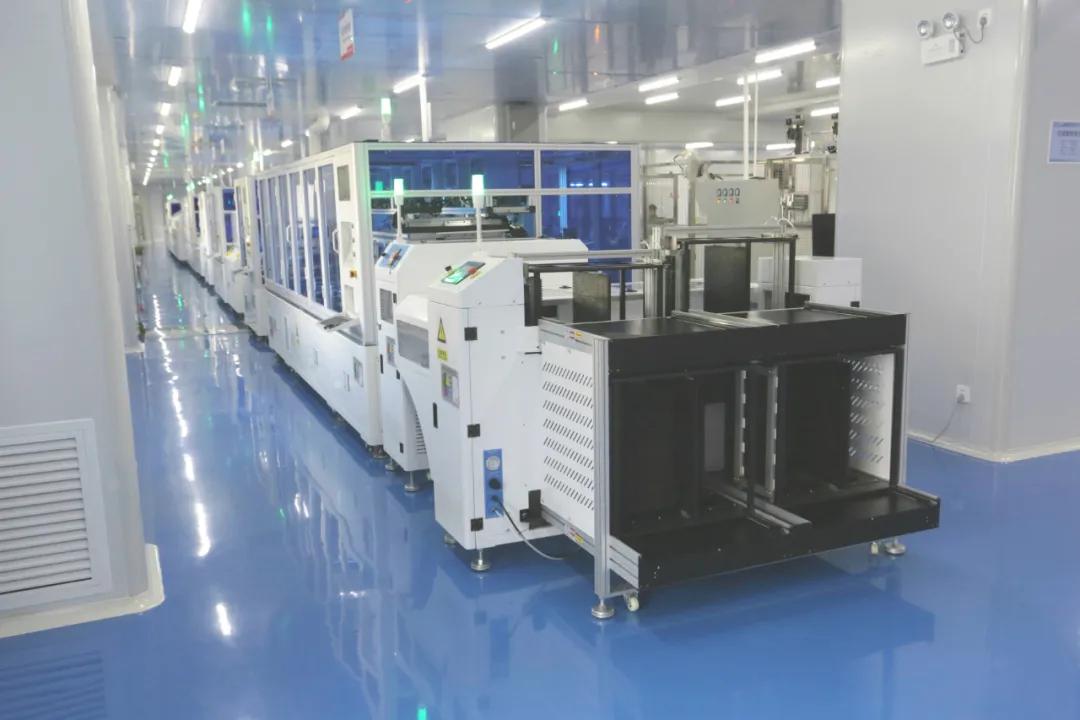What benefits does an automated production line bring to a company?
Automated production lines can help companies to simplify production management and enhance production technology and production services. In modern industrial production, assembly line are increasingly being used for production technology. The technologies used in automated production lines are sensor technology and computer technology. There are many automated machines in modern factories that benefit mainly from the development of computer technology, robotics, network technology, and information technology.
Automated lines produce products whose production processes can be better adapted to the requirements of continuity, parallelism, proportionality, and balance. Rapid delivery of highly productive, high-demand products. As a result of specialized production, specialized and processing equipment and mechanized transport equipment are used in the production line to increase labor productivity, shorten production cycles and reduce process and transport workload. This also results in faster capital turnover and lower production costs.
To optimize the design, you need to understand the production environment and the production line process. After fully understanding the production process and analyzing it thoroughly, it is necessary to carefully consider the design of the off-standard automation line that will lead to the production of the product. When designing a plan, you do not only have to design a set of plans. Depending on the possible contingencies, you need to design solutions for different problem situations.
How can a company determine if it needs to introduce an automated production line?
Firstly, find out if we need to automate? If automation is needed in the production process to meet the requirements of the product, and if, after a lot of work method optimization and simple automation, the efficiency and quality requirements of the product cannot be met, then it is reasonable to introduce automation to save manpower and improve the working environment. Then it is reasonable for the company to introduce automation.
Secondly, if automation is introduced, is it a cost-effective investment? If the payback period is too long and the cost is far from being able to replace the cost of labor, then the need for automation is questionable. The recommended reference is to recover the cost of the investment within two years. For example, if the two years’ savings in labor costs (wages and benefits, etc.) can cover the cost of automating the equipment, then the investment can be made and is justified. There are of course exceptions, such as jobs involving high risks, pollution, and occupational hazards, where this criterion does not apply and automation must be introduced to replace personnel operations, even if it is more costly.
Thirdly, when is it appropriate to introduce automation? Priority is given to improving through IE techniques for waste that costs nothing or less; secondly, through tools, fixtures, or simple automation to eliminate most of the waste that can be easily eliminated; then only consider introducing automation.
Fourthly, is the higher the level of automation the better? The best is the one that fits. The higher the level of automation, the better. If the cost of fully automating some equipment is too high, the method of implementation is too complex and maintenance costs are high, semi-automatic methods may also be considered as an alternative.
In summary, when introducing automation into a business, it is important to carefully assess its reasonableness and avoid blind investment resulting in a double loss of capital and opportunity costs.
Buy assemble line production from Infismash.com, with high quality and competitive price.
